#cicadidae
Text

Cicada (Tacua speciosa), family Cicadidae, found in SE Asia
photograph by EnnisFei (@ennisanna_fei)
3K notes
·
View notes
Text

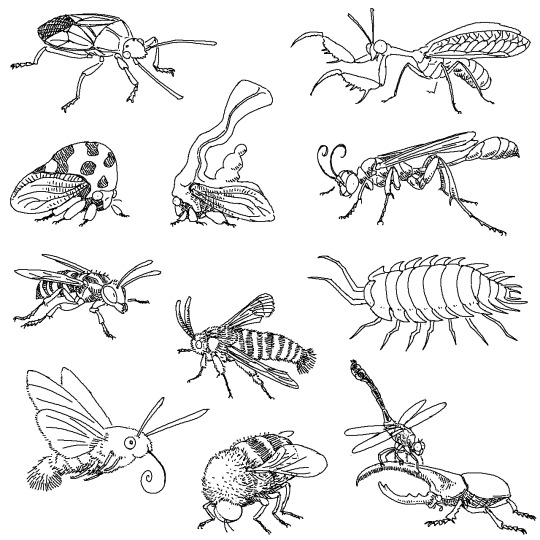
i'm thinking about bugs
#bflyart#bug doodles#commissions#reduviidae#araneidae#blaberidae#ectobiidae#carabidae#vespidae#sphecidae#pentatomidae#coriidae#plataspidae#cicadidae#caprellidae#rhopalidae#mantispidae#membracidae#sesiidae#styloniscidae#sphingidae#acroceridae#scarabaeidae#gomphidae#pay me $5 to draw you a bug
2K notes
·
View notes
Text

New year, new me ✨️
878 notes
·
View notes
Text



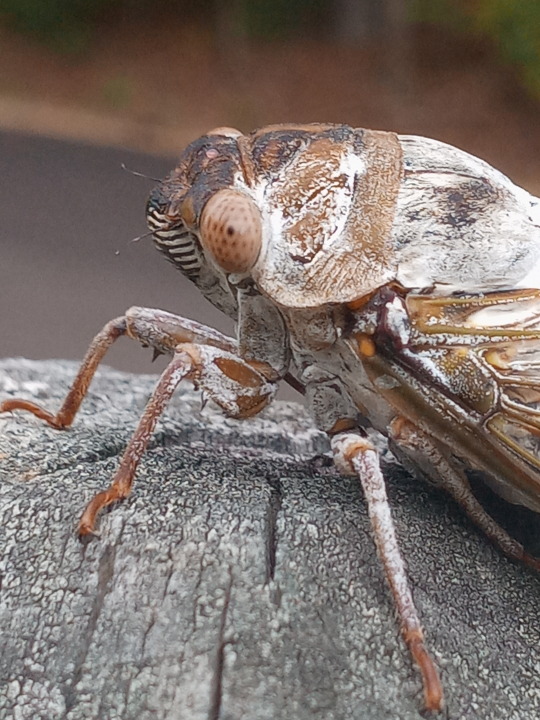
[PHOTOS TAKEN: SEPTEMBER 12TH, 2023 | Image IDs: Four photos of a grey, brown, and black cicada on the end of a brownish grey wooden post /End IDs.]
#cicadidae#cicadas#Cicada#hemiptera#True bugs#bugs#bug#Bugblr#insect#insects#entomology#arthropods#Invertebrates#Inverts#photos#photo#Wasp House Sights
776 notes
·
View notes
Text
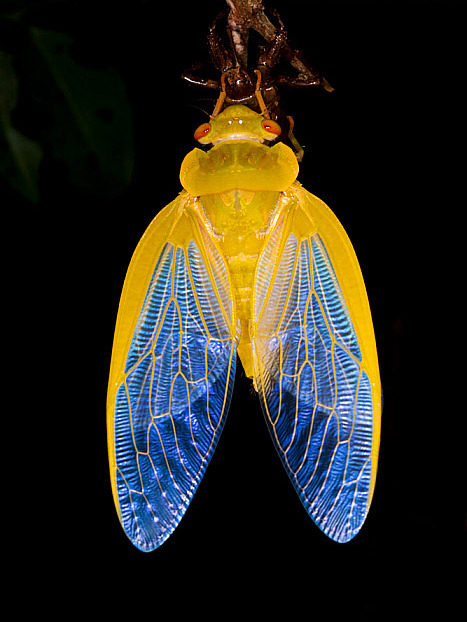
Australian green grocer cicada (Cyclochila australasiae) in yellow form
Photo by Chris Mattison
#Cyclochila australasiae#Cyclochila#cicada#australian green grocer cicada#yellow monday#australian insects#insects#entomology#hemiptera#cicadidae#yellow#yellow cicada#yellow insects#colorful insects#insect photography#nature
262 notes
·
View notes
Text


one of the best finds of the trip, a freshly moulted cicada drying their wings!


Unknown Cicada (family Cicadidae).
309 notes
·
View notes
Text
Uncharismatic Fact of the Day
December is often highly anticipated (or dreaded) for its associated long list of Christmas Carols- but there's another holiday sound that those in Australia dread even more: the double drummer. The largest species of cicada in the country, Thopha saccata is also reportedly the loudest insect in the world. Its name comes from the large pockets that the adult male has on each side of its abdomen which he uses to amplify his mating calls. Even small groups of adults can produce a sound in excess of 120 decibels!

(Image: A double drummer cicada () resting on someone's hand by Dave Britton)
If you like what I do, consider leaving a tip or buying me a kofi!
#double drummer#Hemiptera#Cicadidae#cicadas#true bugs#insects#arthropods#uncharismatic fact#authors note: i can in fact confirm that these **** are the loudest **** insects on earth#theres a tree with 2 of them right outside my window and i can barely hear myself think
178 notes
·
View notes
Text

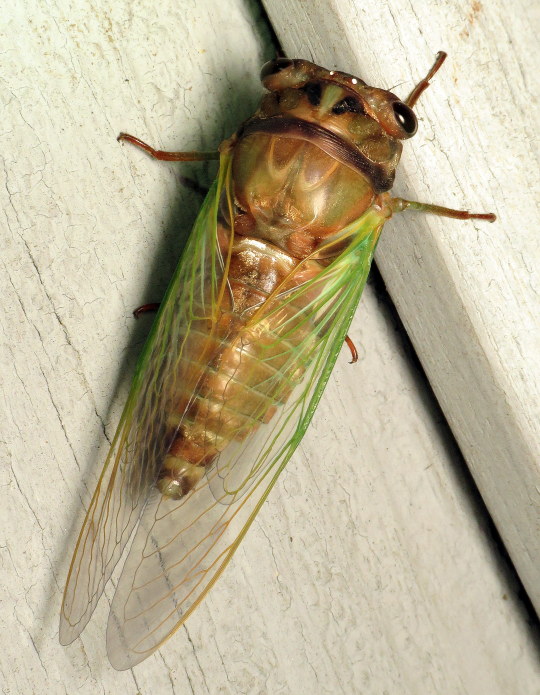
Bug of the Day
And here it is, fait accompli! A fully emerged and inflated cicada boi, he says see ya lata boi! :-)
#cicada#dog day cicada#Neotibicen canicularis#Neotibicen#Cicadidae#Hemiptera#bug#insect#bug of the day#BotD#cicada boi
298 notes
·
View notes
Text

guy on the pavement
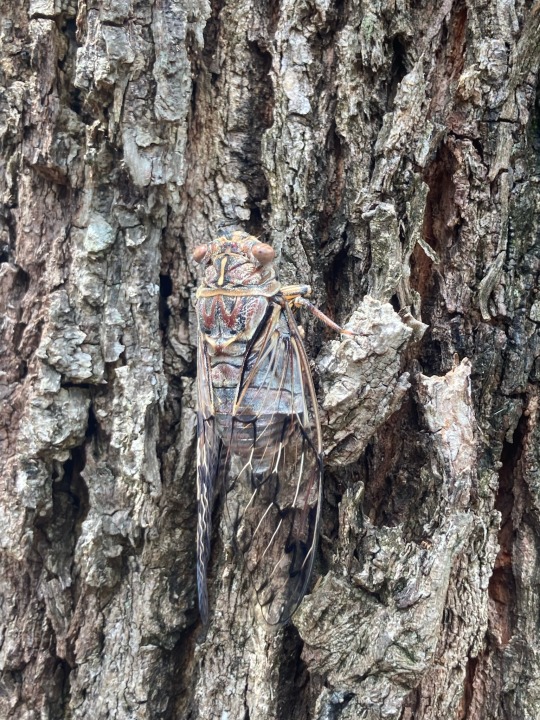
moved to tree
98 notes
·
View notes
Text

Lonely Cicada equinox...
쓰름매미 (Meimuna mongolica)
#photographers on tumblr#original photographers#my photography#lensblr#photography#insect photography#wildlife photography#macro photography#nature#nature photography#nature video#naturecore#insect#cicadidae#cicada#bugblr#biology#zoology#entomology#equinox#balance#sillouette#noai#no ai#no to generative ai
25 notes
·
View notes
Text
Shoko Nakagawa’s cicada shell hairstyles







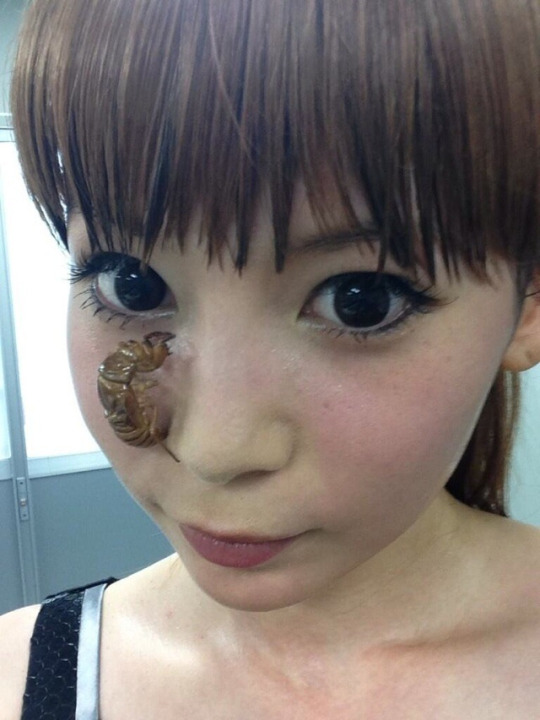

#bugblr#entomology#bugs#cicada#cicadas#vulture culture#jfashion#j-fashion#kawaii#weirdcore#idols#japanese fashion#japanese idol#insects#insect#cicadidae#cicada shell#creepy aesthetic#weird girl#creepy cute#menhera#cicada season#nakagawa shoko#shoko nakagawa#creepy coquette#creepycore#dark femininity#girlblogging#buggirl#bug girl
44 notes
·
View notes
Text
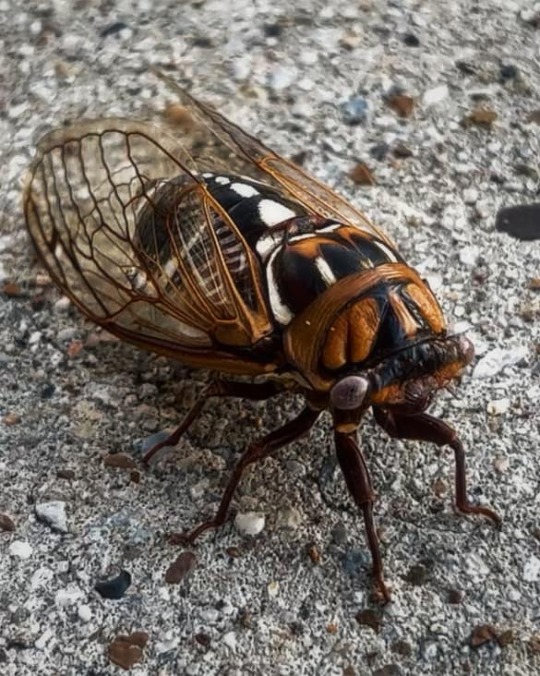
Bush Cicada (Megatibicen dorsatus), family Cicadidae, Mesquite, Texas, USA
photograph by Emilia Fisher
122 notes
·
View notes
Text

rotating my sleek metal briefcase around on the table to face you, i click it open to reveal an assortment of bugs
#bug doodles#Reduviidae#Caprellidae#Ectobiidae#Blaberidae#Styloniscidae#Cicadidae#reminder i will draw any bug for you in this style for $5 usd#also roaches are surprisingly hard to get right it turns out
1K notes
·
View notes
Photo

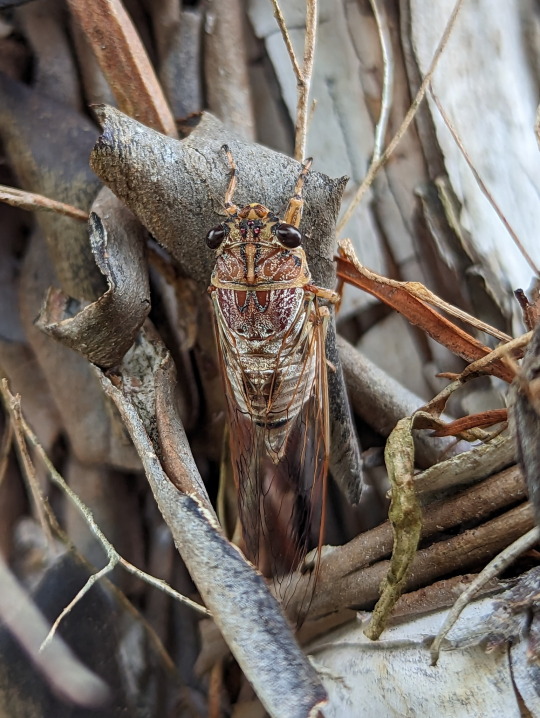


Christmas party Cicadas
Most of these are the Two-toned Bunyip, except for the final image (the pastel specimen) which is unidentified.
Tamasa burgessi
25/12/22
#Tamasa burgessi#Unidentified#Two-toned Bunyip#Tamasa#Bunyips#Tamasini#Cicadinae#Translucent Cicadas#Cicadidae#Typical Cicadas#Cicadoidea#Cicadas#Cicadomorpha#Auchenorrhyncha#true hoppers#Hemiptera#true bugs#bugblr#bugs#bug#bugs tw#insects#insecta#insectblr#insect#insects tw#entomology
177 notes
·
View notes
Text





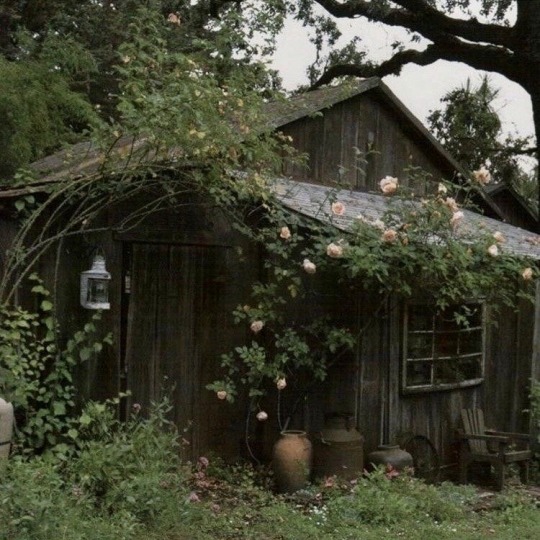


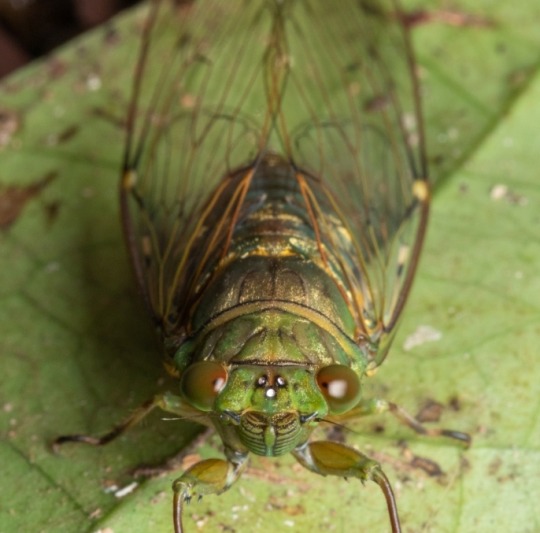
꒰ cicada taught me how to change ໒₊ ɞ
( and i'm eternally grateful to him )
🪲X-X-X||X-🐜-X||X-X-X🪲
#autistic#bugs and beetles#green aesthetic#moodboards#my moodboards#cicadas#cicadellidae#cicada#cicadidae#bugs#tw bugs#goblincore#poetry#cottagecore#nature#insects#insects ♡#bug catching#bug moodboard#bug aesthetic#aesthetic posts#aesthetics#forestcore
98 notes
·
View notes
Text

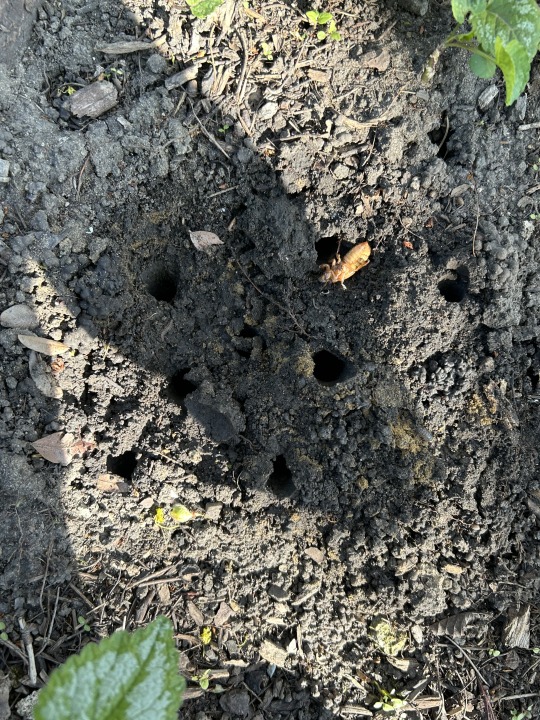

While flipping over rocks in my backyard, I came across an unusual sight—the dirt underneath the rock was perforated by a number of circular holes. Upon flipping over another rock, I found my answer: the cicada nymphs were digging them!
Cicadas spend the majority of their lives underground as nymphs. During this time, they feed on sap from tree roots, often from the tree their eggs were laid on. These little passageways are being dug in their preparation to reach the surface.
Everyone knows that the cicada nymphs begin to enter their adult forms during midsummer, leaving their exoskeleton behind in the process. However, it is possible to find nymphs going about their business long before that!
Speaking of midsummer: you may be aware that this summer is incredibly special: it is a summer where two separate periodical cicada broods emerge at the same time! Normally, during a ‘Double Emergence,’ the cicada broods are separated by large distances. That’s not the case this year! The 17-year (Brood XIII) and 13-year (Brood XIX) broods are actually remarkably close to one another, and even overlap in some places.
Brood XIX is actually the largest of all periodical cicada broods, and contains 4 different species of 13-year cicadas!
I believe these goobers are members of Brood XII; its territory covers the neighborhood where I live, and their bright red eyes identify them as periodicals.
Cicadas first begin to emerge when the soil is warm enough (about 17.8 degrees Celsius). However, due to climate change, this soil warming is happening earlier than it used to. Already, countless little boreholes have been spotted in Georgia and other places in the Southeast.
Cicadas are creatures of instinct: when the ground warms, they know it’s time to leave. When they must molt, they know to climb up high. And, when they sing, they know they must sing louder and clearer than any other cicada has ever sung before. In this way, we are much more alike cicadas than we are different.
#entomology#insect#cool bugs#bugs#insects#cicadidae#cicadas#Double emergence#Be careful when picking up and replacing rocks. you can disturb the little ecosystem very easily and accidentally crush someone!!
12 notes
·
View notes